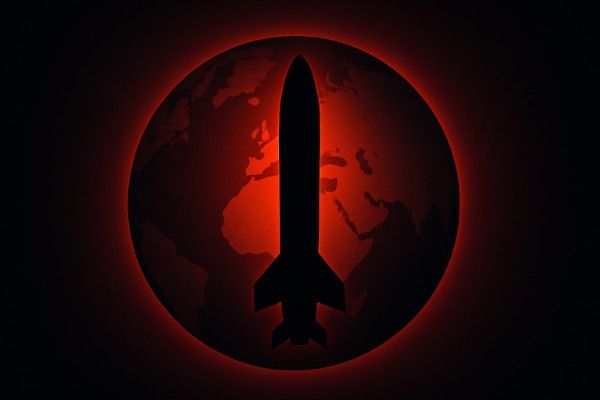The renewed interest of India in strengthening its space programs and the launch of Chandrayaan-3 has sparked a debate over its implications for Pakistan, and the overall strategic stability of South Asia. The rapid technological and economic advancements of India have enabled it to invest in outer space and gain an advantage in communication, navigation, surveillance, and reconnaissance programs. However, these advantages threaten the balance of power in South Asia. As Pakistan’s economic constraints limit its ability to invest in such technological advancements it cannot maintain the balance of power even with China’s help.
Although, apparently Indian officials have maintained the stance that their space exploration programs are for peaceful purposes such as the discovery of minerals, and strengthened communication through satellites and navigation there is a persisting threat of hidden agendas like surveillance and reconnaissance.
First of all, space dominance enables India to have advanced satellites that aid in intelligence gathering, high-resolution imagery, and surveillance of Pakistan’s military activities. India has also developed its Anti-satellite system which can attack and damage other satellites. Secondly, the satellites enable India to develop precise targeting capabilities to target Pakistani military sites from space. To counter these initiatives, Pakistan needs to resort to the effective immediate implementation of the United Nations Office for Outer Space Affairs (UNOOSA) Liability Convention which holds the other country liable in case of damage caused to space objects. Through these advancements, Pakistan is susceptible to monitoring of its agricultural activities, and India can constrain the water flow of Pakistani fields, by monitoring the crop conditions more precisely. These measures are crucial for the maintenance of space sovereignty.
In addition to technical advantages, India also received international recognition and is imbued with a sense of prestige over its successful moon landing. This casts a shadow on Pakistan’s already deteriorated image as a politically unstable and economically fragile state. At international fora, Indian officials and diplomats have ignored interaction with Pakistani officials to portray Pakistan in a negative light and maintained the stance that they perceive Pakistan as a terror-sponsoring state. Now, the lacking behind of Pakistan in technological and economic fields further portrays Pakistan as a failed state or a weak state. There is an immediate need to take brisk action to subtly recover the soft image of Pakistan by focusing less on military operations and developing a positive environment of research, particularly in space-based activities.
Some satellites like the Satellite Launch Vehicles SLV-3, can be used as Intermediate Range Ballistic Missiles. Such technologies can trigger an arms race in South Asia as Pakistan and China both will look forward to deploying more weapons in outer space to counter India’s space weapons. India possesses the remote sensing satellite which is ostensibly used for peaceful purposes but can easily be used for spying purposes as well. In addition to that the INSAT, is a multipurpose satellite, which can carry out telecommunication, meteorological services, and broadcasting facilities from a single geostationary platform. These features imbue India’s space program with a more efficient communication system in case of conflict. However, all these technological advancements provide Pakistan’s military a prerequisite for investing in a better munition to be used in space and enhance satellite communication technologies in case of conflict. Pakistan can divert its resources and research from the more perilous nuclear weapons to the relatively peaceful space technology.
However, on the brighter side, this space program can also prompt Pakistan’s SUPARCO to invest in space-related technology and encourage research and development in space technologies to compete with India’s ISRO. This will have a positive impact on Pakistan’s technological fields. India’s increasing influence in space can compel Pakistan and China to forge an alliance and share the technological and military know-how to combat the Indian presence in space. The two countries can also enhance cooperation by carrying out study exchange programs and workshops that discuss the benefits of joint space exploration programs.
The space race has shifted the center of attention from the nuclear arms race to the space race, which is beneficial for both countries. Instead of viewing this situation as a threat, Pakistan can take this as an opportunity and promote healthy competition to revive SUPARCO and use it for navigation and communication purposes, if not for deployment of weapons.
Overall, the dimensions of an arms race in the sub-continent are bound to change considering the recent developments. The wider impact of this space race will affect the strategic stability of South Asia and compel the neighboring countries to invest in space technology. At this time, there is a growing need for the effective implementation of laws that entail the use of outer space for peaceful purposes like the discovery of minerals, communication, and navigation through satellites. The UNOOSA needs to play an efficient and active role in ensuring the peaceful use of outer space and prevent this space race from taking a negative turn.

Table of Contents
ToggleHamna Imran
Hamna Imran is an undergraduate student at NDU Islamabad. She is currently working as an intern at Global Defense Insight. Her areas of interest include the security issues and conflicts of South Asia.













